Ingrid Siliakus Q&A

Wallpaper* talks to Dutch paper artist Ingrid Siliakus, who designed our limited edition cover for W*119, to discover exactly what goes into creating her stunning three-dimensional work.
W*: How long have you been creating paper architecture?
IS: I started this technique about fifteen years ago. There where no classes or books on any of it back then. I had to rely on Japanese pattern books to learn the technique. It has taken many years to get to where I am currently.
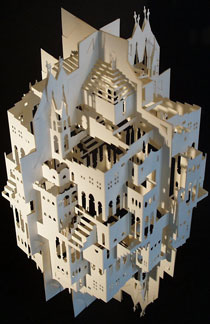
Can you describe your process?
When I started out, I was doing my designs by hand, with pencils and graph paper. Later I switched to using computers, which helps with making neat adjustments. With each design I’ll make up to forty adjustments and alterations so that’s important.
Originally, I was cutting by hand – scanning the hand-drawn design onto a computer, printing it, transferring it manually to cardboard, and then cutting between marked coordinates. But for large pieces this quickly became unworkable. You have to realize that cutting even a very small design can easily take an hour. Cutting by hand the large pieces with more sides would take weeks.
Receive our daily digest of inspiration, escapism and design stories from around the world direct to your inbox.
So now I use a laser-cutting machine, which reads the designs directly from the computer. I still have to adjust the settings on each cut to get the correct depth depending on the paper brand and weight, which is not simple. I then do all the folding by hand, with the help of bamboo skewers, a folding bone, and a sharp stylus pen.
What kind of paper do you use?
I use paper weighing between 160 and 225 grams for small pieces and 200 to 300 grams for larger ones. The amount of paper used per piece varies. A lot is used during the testing stage to get the laser settings exactly right.
How long do the pieces take to construct?
It all depends on how large and intricate the piece is. First there is the design stage, which can take several weeks. Then there’s testing of the laser cutter to determine the correct settings, which can take hours or even days. Each cut, then, can take anywhere from ten minutes to an hour, and than there is the folding. This can take days, depending on the intricacy and how maybe parts need to be folded. Last but not least there is the assembly stage, in the case of a multi-faceted piece or a book.
What is your favourite piece?
It is hard to choose one favourite. Usually I like the last piece I created because I’ve been focussing on it so much. Overall, though, I really love ‘Reflection on Sagrada Familia. (pictured in the gallery above).
What are the biggest frustrations?
For exhibition purposes, it is hard to ship the large pieces - for instance ‘Reflection on Sagrada Familia’ - to a location abroad, because they’re so fragile. They can be dismantled but require a huge amount of care and skill to re-assemble, and I’m not always able to attend the exhibitions personally.
What are you working on next?
I’m doing a design based on a New York building for a specialty invitation. Also, I will participate in a group-exhibition in the Pulitzer hotel in Amsterdam in a while. This is keeping me busy, because it is a special location requiring special equipment. I am also thinking of creating some more book-like pieces, like ‘Windows to Balcony’ (in our gallery above).
-
 The Bombardier Global 8000 flies faster and higher to make the most of your time in the air
The Bombardier Global 8000 flies faster and higher to make the most of your time in the airA wellness machine with wings: Bombardier’s new Global 8000 isn’t quite a spa in the sky, but the Canadian manufacturer reckons its flagship business jet will give your health a boost
-
 A former fisherman’s cottage in Brittany is transformed by a new timber extension
A former fisherman’s cottage in Brittany is transformed by a new timber extensionParis-based architects A-platz have woven new elements into the stone fabric of this traditional Breton cottage
-
 New York's members-only boom shows no sign of stopping – and it's about to get even more niche
New York's members-only boom shows no sign of stopping – and it's about to get even more nicheFrom bathing clubs to listening bars, gatekeeping is back in a big way. Here's what's driving the wave of exclusivity
-
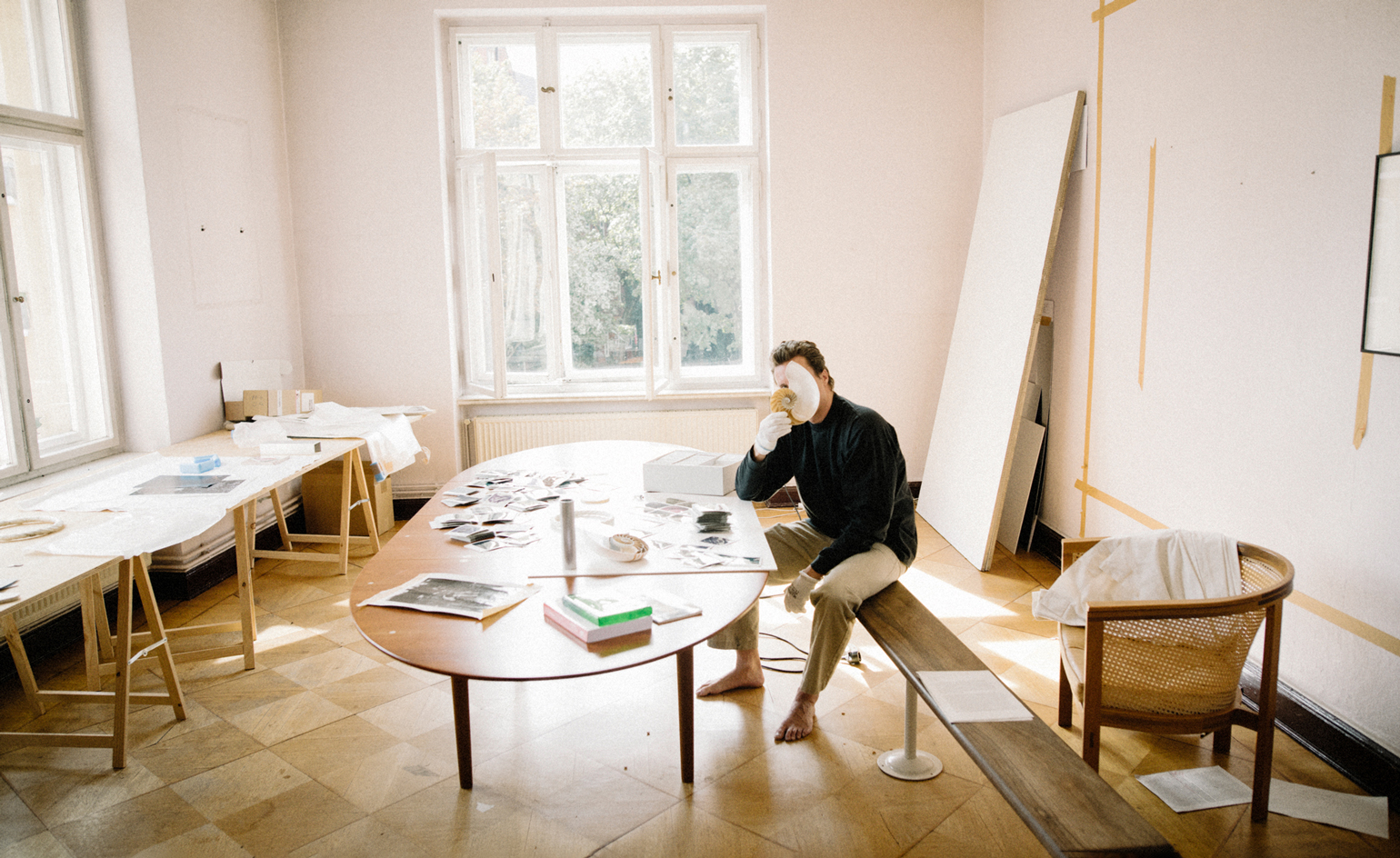 Cyprien Gaillard on chaos, reorder and excavating a Paris in flux
Cyprien Gaillard on chaos, reorder and excavating a Paris in fluxWe interviewed French artist Cyprien Gaillard ahead of his major two-part show, ‘Humpty \ Dumpty’ at Palais de Tokyo and Lafayette Anticipations (until 8 January 2023). Through abandoned clocks, love locks and asbestos, he dissects the human obsession with structural restoration
-
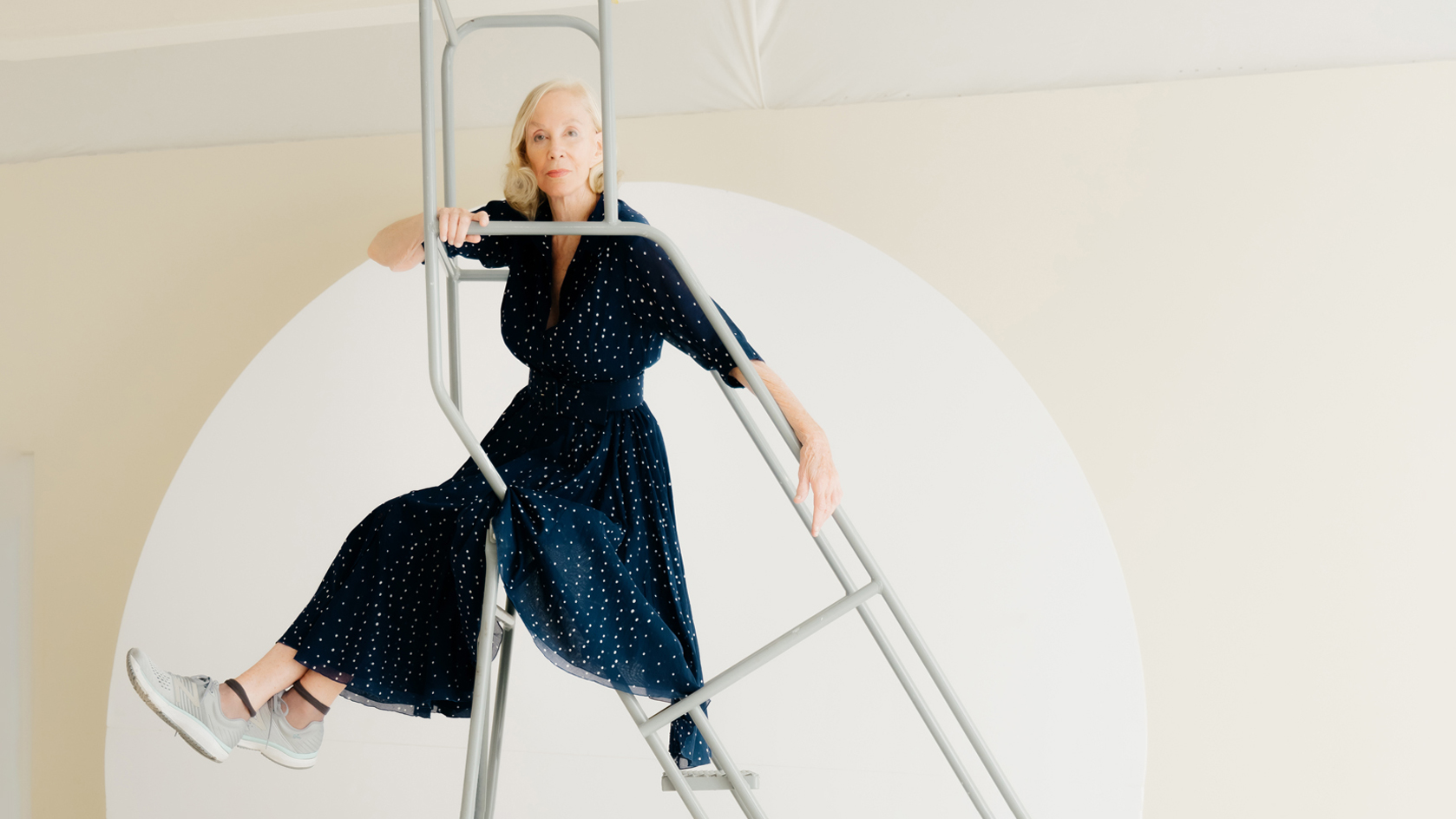 Year in review: top 10 art interviews of 2022, chosen by Wallpaper* arts editor Harriet Lloyd-Smith
Year in review: top 10 art interviews of 2022, chosen by Wallpaper* arts editor Harriet Lloyd-SmithTop 10 art interviews of 2022, as selected by Wallpaper* arts editor Harriet Lloyd-Smith, summing up another dramatic year in the art world
-
 Yayoi Kusama on love, hope and the power of art
Yayoi Kusama on love, hope and the power of artThere’s still time to see Yayoi Kusama’s major retrospective at M+, Hong Kong (until 14 May). In our interview, the legendary Japanese artist vows to continue to ‘create art to leave the message of “love forever”’
-
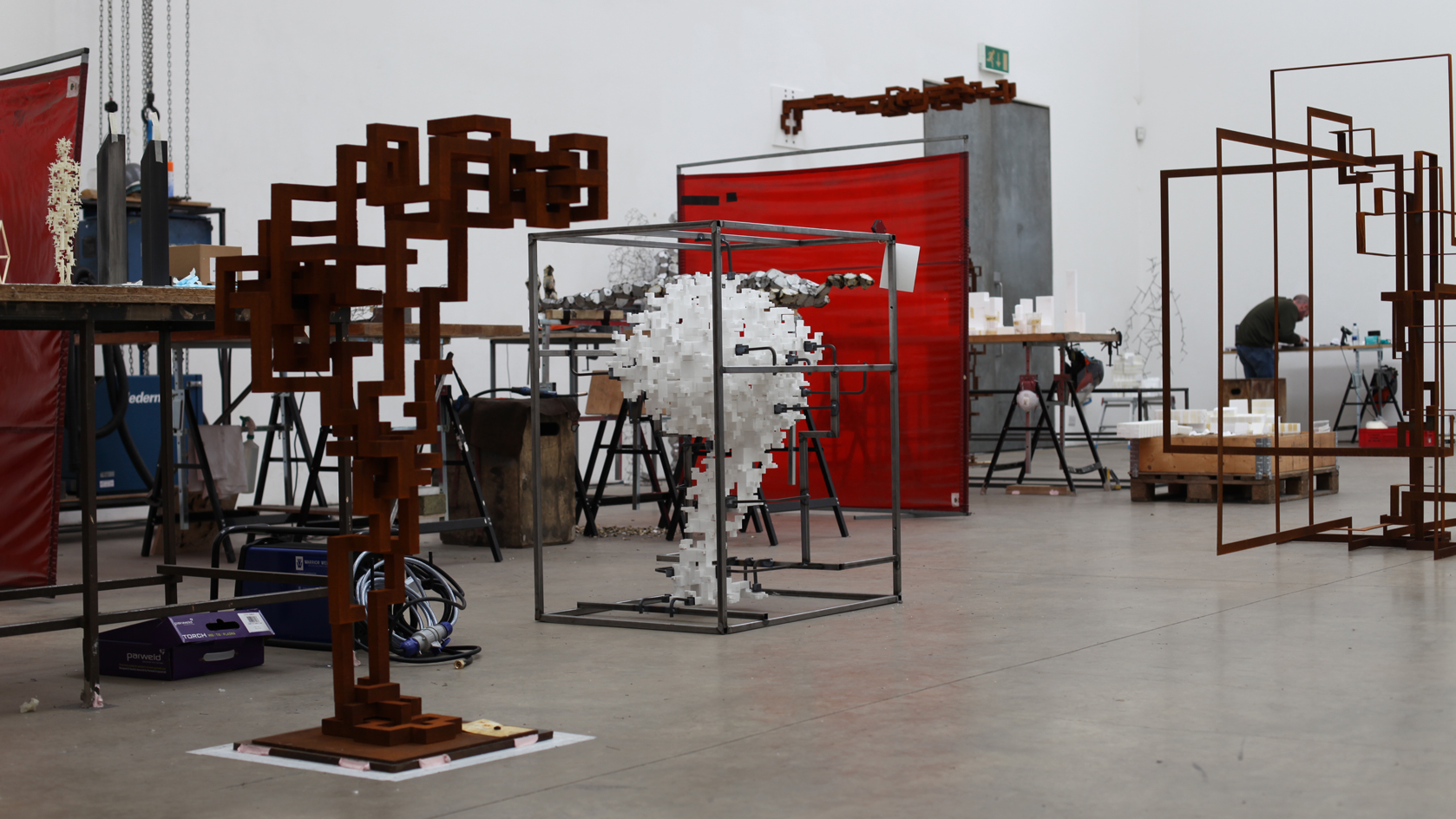 Antony Gormley interview: ‘We’re at more than a tipping point. We’re in a moment of utter crisis’
Antony Gormley interview: ‘We’re at more than a tipping point. We’re in a moment of utter crisis’We visit the London studio of British sculptor Antony Gormley ahead of his major new show ‘Body Field’ at Xavier Hufkens Brussels
-
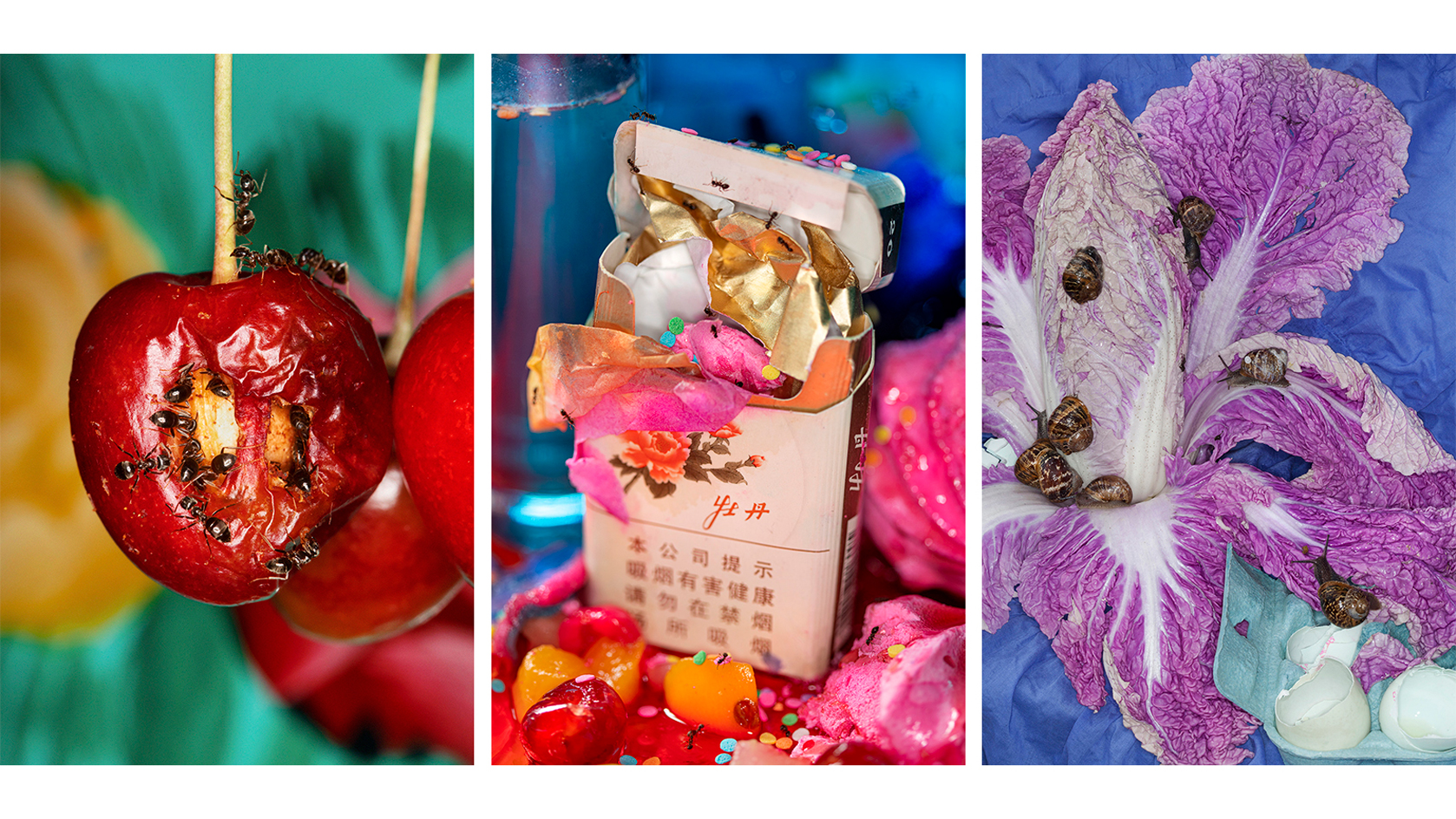 Photographer Maisie Cousins on nostalgia, impulsive making and ‘collecting useless things’
Photographer Maisie Cousins on nostalgia, impulsive making and ‘collecting useless things’Explore the vision of British artist Maisie Cousins in ‘Through the lens’, our monthly series spotlighting photographers who are Wallpaper* contributors
-
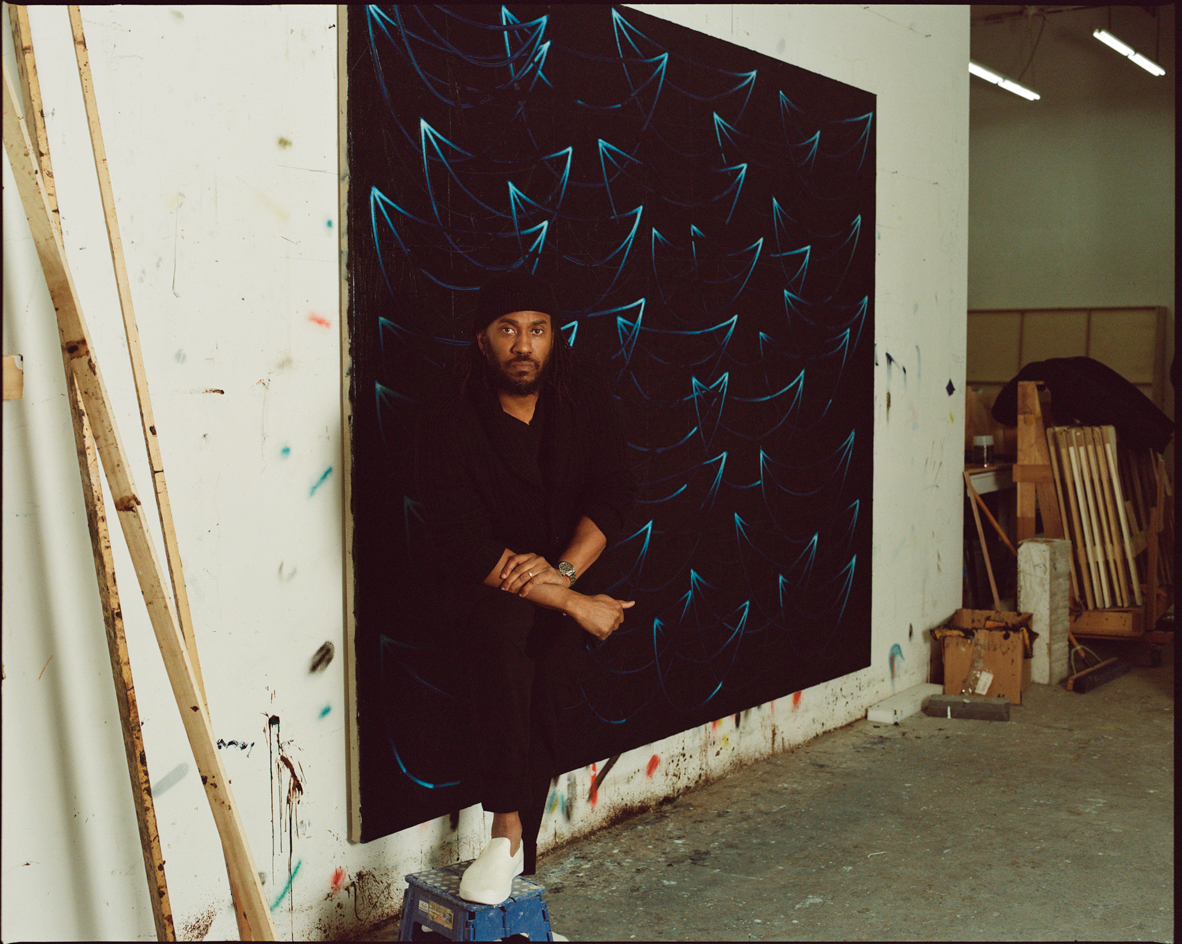 Rashid Johnson in Menorca: a journey through migration, longing and togetherness
Rashid Johnson in Menorca: a journey through migration, longing and togethernessWe visited Rashid Johnson’s Brooklyn studio ahead of the artist’s show at Hauser & Wirth Menorca, which contemplates drift – physical and emotional
-
 Step inside the kaleidoscopic universe of Pipilotti Rist
Step inside the kaleidoscopic universe of Pipilotti RistSwiss artist Pipilotti Rist, who headlines Wallpaper’s November 2022 issue, has transformed the way we see, with a poetic yet playful practice spanning three decades. Here, and in a special portfolio, she reveals how she has liberated video art from its conventions, imbued the digital realm with emotion, animated public spaces, and harnessed the healing powers of colour
-
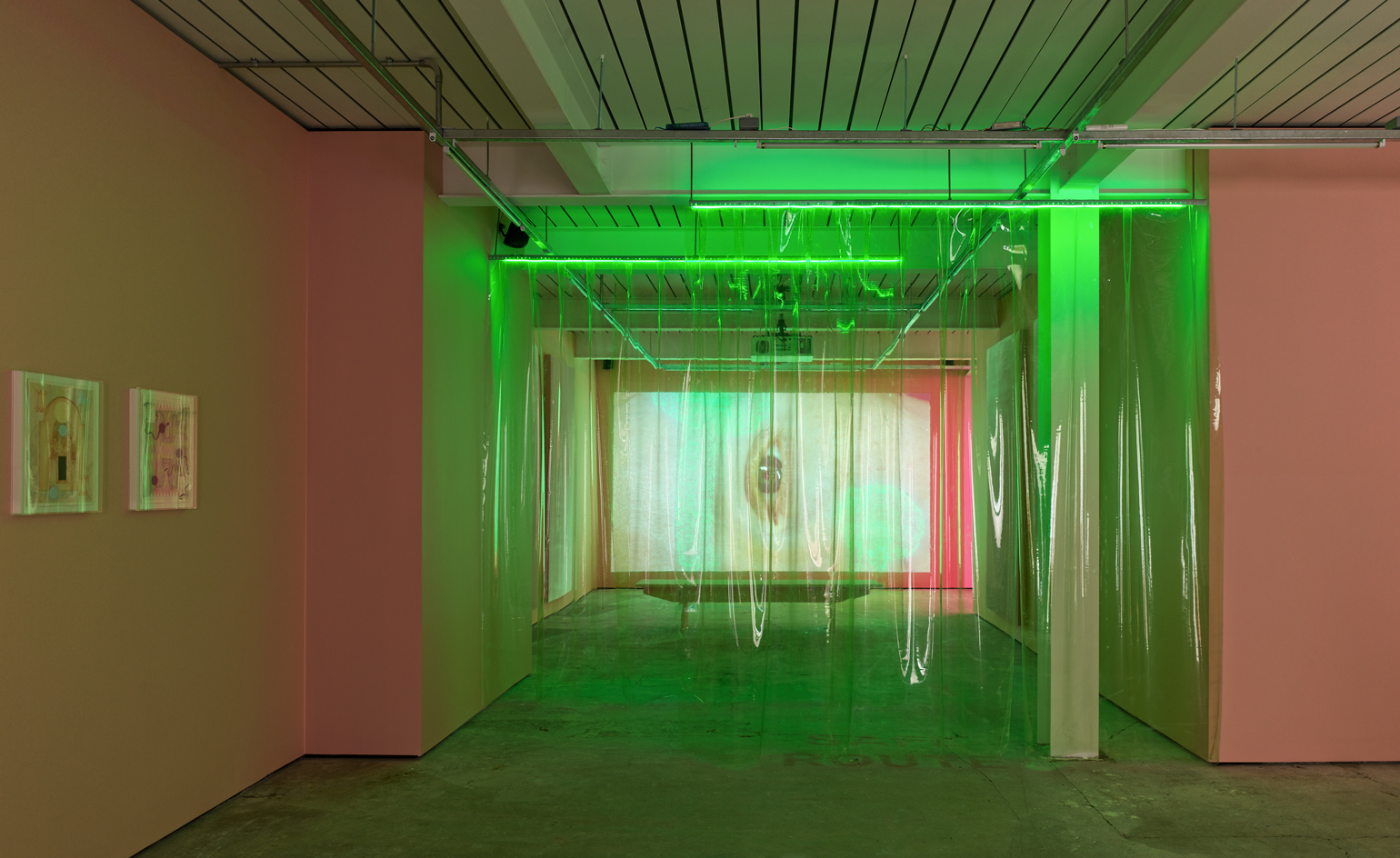 Gathering: the new Soho gallery blending art and social activism
Gathering: the new Soho gallery blending art and social activismGathering, the newest gallery resident in London’s Soho, will focus on contemporary art exploring systemic social issues. Ahead of Tai Shani’s inaugural show, we speak to founders Alex Flick and Trinidad Fombella about their vision for the gallery